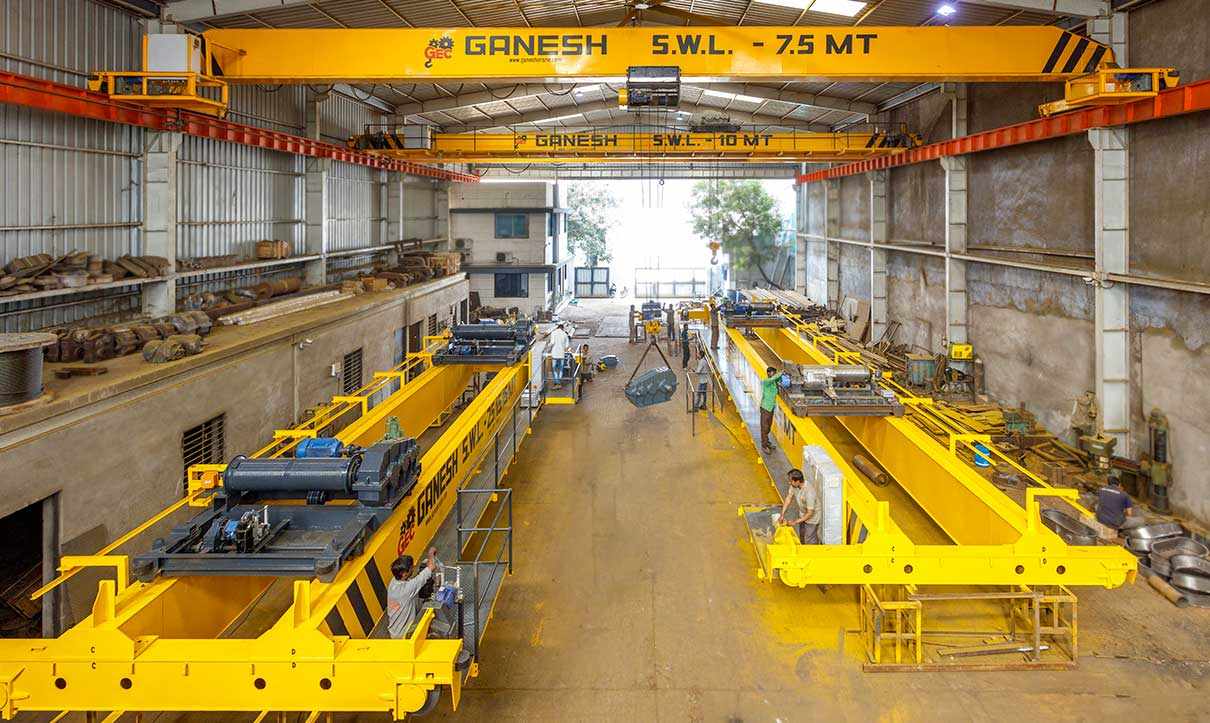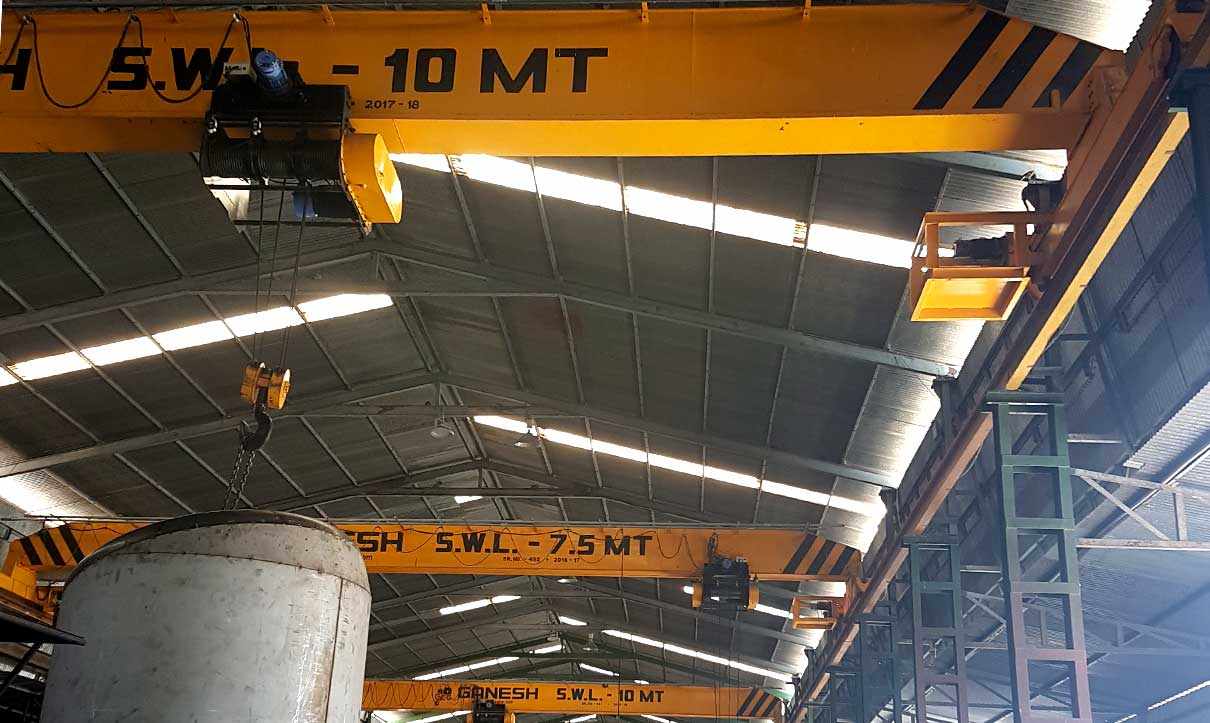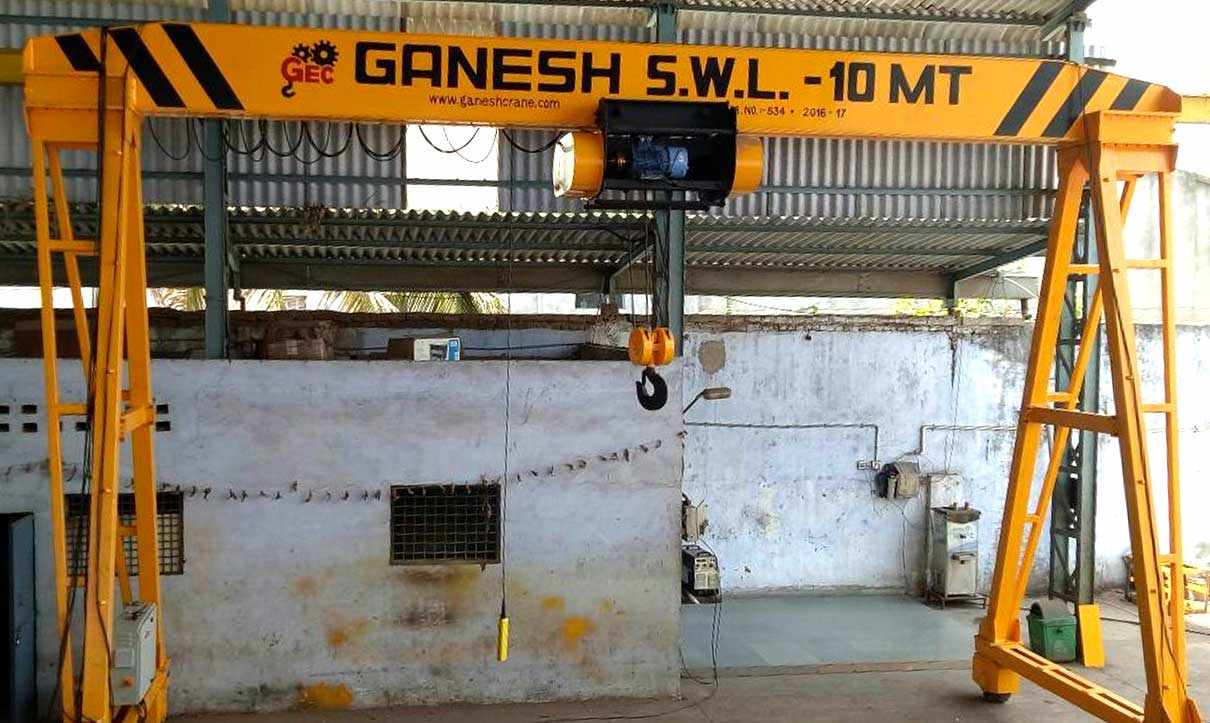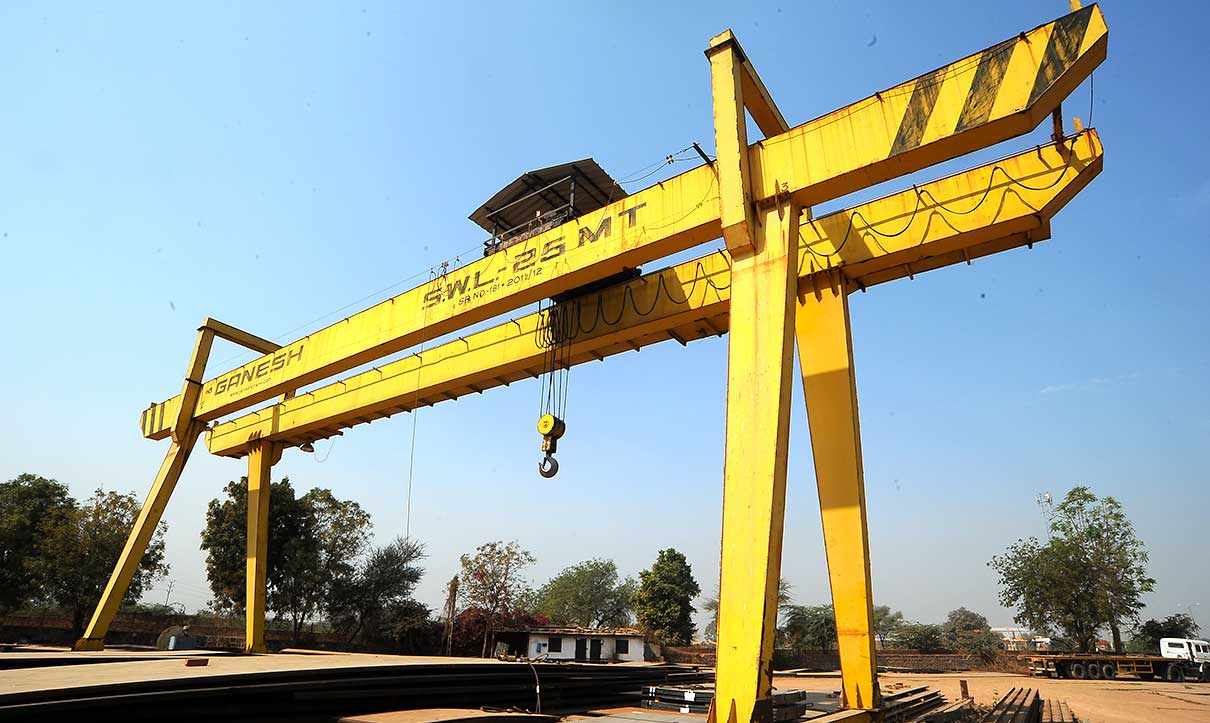
Cranes and hoists are durable tools that can raise large objects and heavy loads. Potentially flammable atmospheres can create issues for material handling equipment like EOT cranes, wire rope hoists, and other lifting tools. These industries may be extremely hazardous to goods, equipment, and, most importantly, persons.
From 2011 to 2017, the Bureau of Labor Statistics recorded 297 crane-related deaths. More than half of the deaths were caused by workers being struck by objects or equipment, with the crane operator accounting for more than 20% of the total. These figures show the importance of crane safety at all phases of operation, including transport, setup, rigging, and lifting.
Follow these Safety Tips When Using EOT Cranes and Hoists in Harsh Environments
Whether it’s extreme heat, freezing temperatures, high winds, dust, or corrosive chemicals, these conditions can put equipment and people at risk. But with the right safety practices, you can protect both your workers and your machinery. Here are some simple but important tips to keep in mind when using EOT Cranes, including Single Girder EOT Cranes and Double Girder Overhead Cranes, in tough environments.
Choose the right crane for the job
Selecting the appropriate EOT crane is the first step in ensuring safe crane operation. Cranes are either mobile or stationary, with fixed cranes being utilized in industrial settings or on complicated or tall building projects. Mobile cranes are available in a variety of sizes, so choose the appropriate crane for the job location.
Train Workers
Cranes must be set up, rigged, signaled, and operated by skilled persons to ensure safety. The Occupational Safety and Health Administration (OSHA) has standards in place that require only trained, qualified, and appropriately evaluated workers to operate cranes on work sites. Make sure to follow all requirements to ensure that cranes are always operated by trained individuals.
Read operator manuals
Even when using trained individuals, keep in mind that cranes from different manufacturers have distinct controls, fail-safe systems, and features. Anyone operating or dealing with cranes should have a thorough awareness of the individual crane being operated. The operator's handbook contains crucial information on:
Load capacities
Safety Mechanisms
Stabilizers and Counterweights
Before operating a crane, read the operator handbook thoroughly.
Follow Load Limits and Guidelines
Never overload a crane or hoist, especially in harsh conditions. Extreme weather can affect how much weight a crane can safely lift. Always follow the manufacturer’s guidelines. Make sure loads are balanced and secure. Use taglines to control load movement, especially in windy areas.
Keep Equipment Clean and Maintained
Dust, mud, salt, or chemicals can build up on machines and cause damage over time. Regular cleaning and maintenance help keep cranes and hoists working well. Make sure that electrical parts are sealed and protected from moisture or dirt. Lubricate moving parts regularly to prevent wear and tear.
Conclusion
Using cranes and hoists in harsh environments requires extra care. By choosing the right equipment, doing regular inspections, training workers, and following safety procedures, you can avoid accidents and increase productivity. Whether it’s a Wire Rope Hoist, a Single Girder EOT Crane, or a Double Girder Overhead Crane, proper handling and maintenance are essential for safe operations.












Write a comment ...